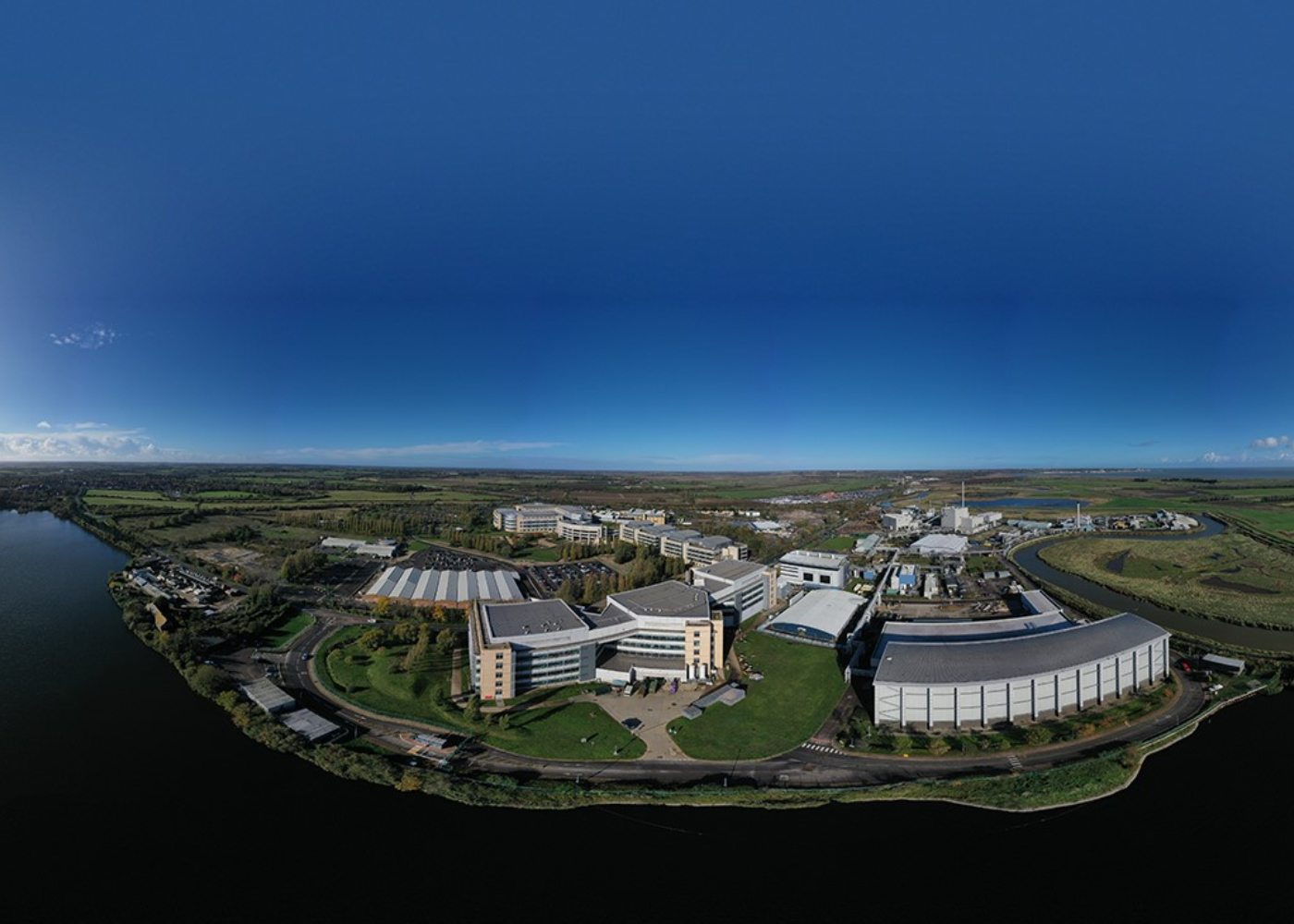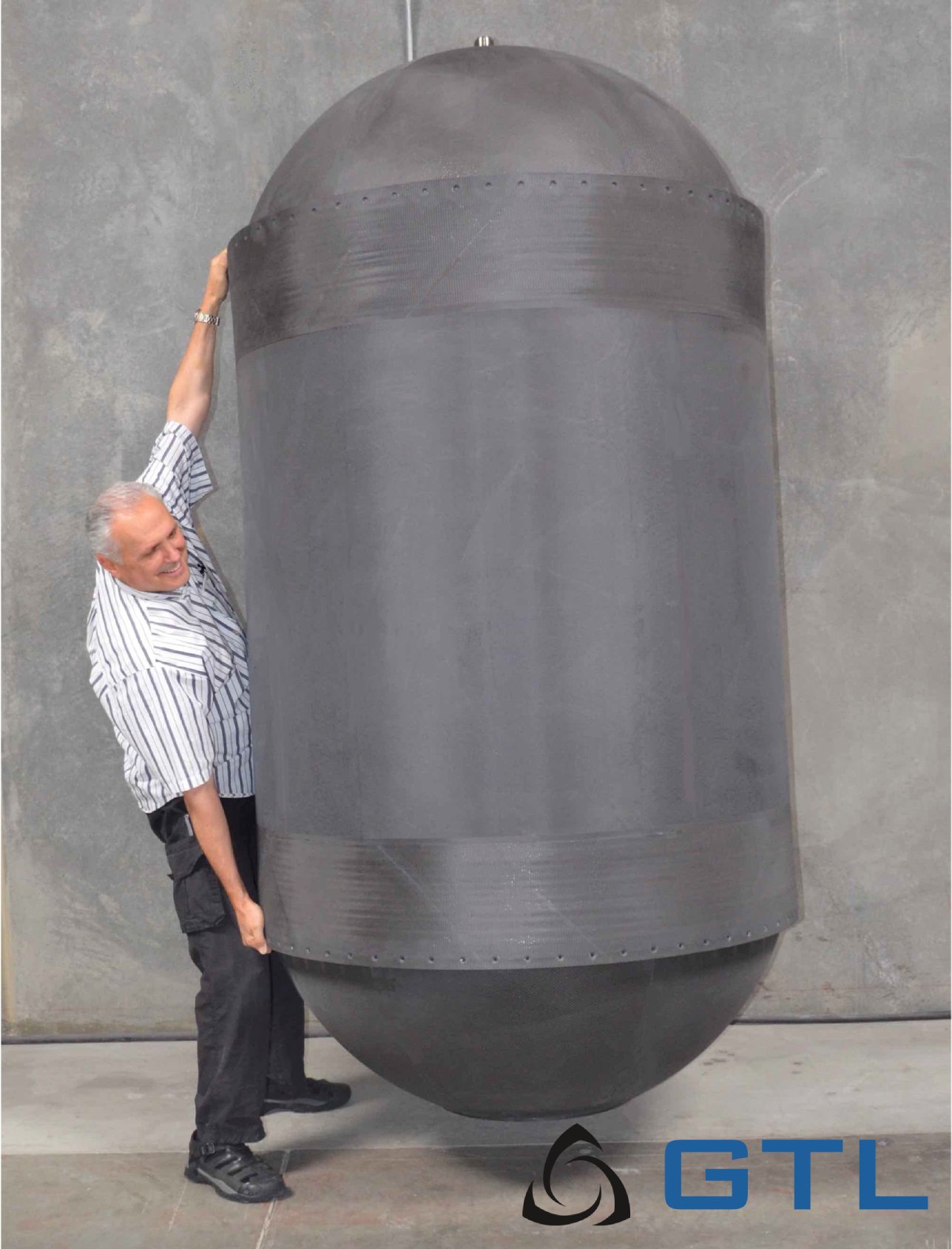HyPoint has announced a partnership with Gloyer-Taylor Laboratories (GTL), forging a deal that will provide HyPoint with carbon composite liquid hydrogen fuel tanks that will be integrated with its own hydrogen fuel cell system.

The companies claim GTL’s BHL Cryotanks are 75% lighter than existing state-of-the-art aerospace cryotanks that are made of metal or composite. HyPoint said this allows aircraft manufacturers to store about 10 times more liquid hydrogen fuel without adding weight to the aircraft.
“Reducing weight is the most important factor for enabling longer distance air travel with fewer stops to refuel,” said Dr. Alex Ivanenko, founder and CEO of HyPoint, in a press release. “Our hydrogen fuel cell system offers better specific power performance compared with any alternative available today, opening the door to short-haul zero-emission hydrogen flight and urban air mobility.”
Ivanenko said HyPoint’s partnership with the hydrogen tank maker allows eVTOL developers to tap into a system that could significantly increase energy density, which allows for the development of sustainable vertical lift aircraft with a longer range than aircraft using current battery technology.
To illustrate the potential benefits aircraft developers could experience from adopting this technology, the company said that a BHL Cryotank with a total system weight of 67 kilogram (148 pounds) can hold more then 150 kg (331 lb) of liquid hydrogen, giving it a hydrogen storage ratio — the weight of stored hydrogen fuel relative to the total system weight — of at least 50%. The companies said this means the BHL Cryotank can store about 10 times more liquid hydrogen fuel than existing aerospace fuel tanks.

“By utilizing this new fuel tank technology, longer haul aircraft may be able to utilize hydrogen for the first time while eVTOL makers can effectively multiply their flight range and operational time,” Ivanenko said. “We’re excited to be working with GTL to offer superior alternative power sources and accelerate the adoption of zero-emission hydrogen across the aviation industry.”
Having won numerous development contracts with NASA, Defense Advanced Research Projects Agency (DARPA), and the U.S. Air Force, GTL said it has developed and tested BHL Cryotanks of various sizes that are leak-tight, even after repeated cryo-thermal pressure cycles.
GTL said its cryotanks have achieved technology readiness level 6+ and are compatible with a variety of cryogenic propellants, including liquid oxygen, liquid methane, and liquid hydrogen.
“Similar to the carbon-fiber that is used in racing bikes, our carbon-composite technology adds strength and durability while significantly reducing weight,” said Paul Gloyer, president and CEO at GTL.
HyPoint specializes in developing turbo air-cooled hydrogen fuel cell systems that have been recognized by NASA. The company said its system features an air-cooling and oxygen supply system to deliver unprecedented energy density and specific power performance compared with existing battery and hydrogen fuel cell systems.
In addition to partnering with GTL, HyPoint also announced that Umeed Ashtiani, a former GE Aviation and Rolls-Royce engineering executive, has joined HyPoint to lead its system engineering team, overseeing the implementation of the tank technology.
Headquartered in California, HyPoint recently opened the doors to a new research and development facility in the U.K. It plans to invest more than £11 million (US$14.9 million) in the facility, as well as expand its U.K. team to more than 100 employees by the end of 2025.








